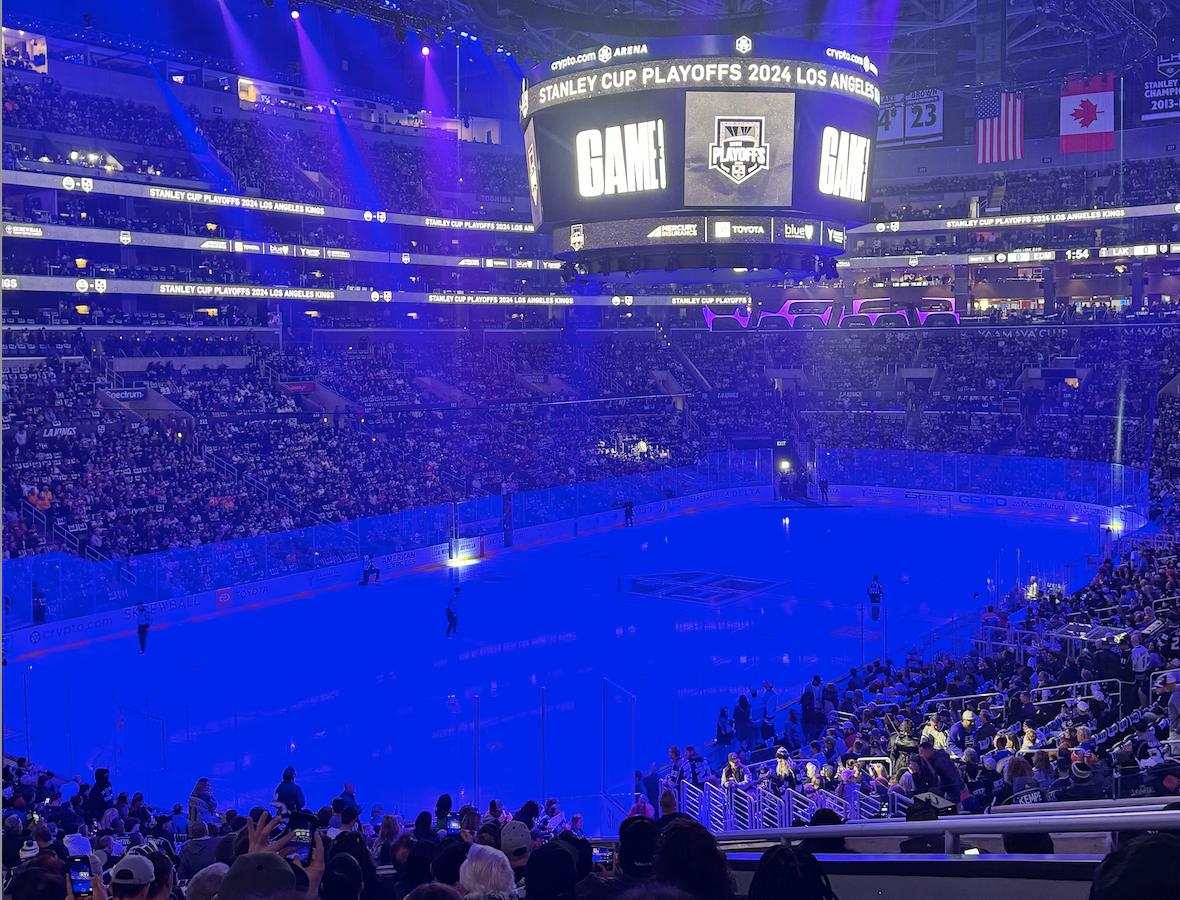THE END OF THE STAY-AT-HOMES
By Lowetide
9 years ago
That’s Boston’s Don Awrey up against Walter Tkaczuk, 40 years ago. Awrey was a stay-at-home defenseman, and every team had two or three. Shot blockers, penalty killers, tough-as-nails and absolutely filthy compared to the game today. Stay-at-home defensemen aren’t stellar puck movers and passers, and the game’s progress away from defense and toward controlled retrieval and the outlet pass have made this group less important by the year. Comparing this summer’s first round to the 2004 draft—just ten years ago—puts things into perspective.
THE 2004 DRAFT, FIRST ROUND
- No. 3 overall—offensive defenseman Cam Barker. His player type remains valuable in today’s game.
- No. 9 overall—defender Ladislav Smid. His style has become less valuable in the last decade.
- No. 10 overall—extreme defensive defender Boris Valabik. He would not go in the first round today.
- No. 12 overall—puck mover A.J. Thelen. Although he didn’t work out, his player type has value.
- No. 23 overall—complete defender Andrej Meszaros, whose range of skills always have value.
- No. 27 overall—defensive defender Jeff Schultz. Might not go in Round 1 today.
- No. 28 overall—defender Mark Fistric. Would not be a first round candidate today.
- No. 29 overall—offensive defender Mike Green. His skills have held their value.
- No. 30 overall—defensive defender Andy Rogers. Extreme stay-at-home blue.
Nine defenders, and four of them (Barker, Thelen, Meszaros and Green) are either puck movers or complete defensemen.
THE 2014 DRAFT, FIRST ROUND
*Note: This was regarded as a less impressive draft for defensemen.
- No. 1 overall—complete defenseman Aaron Ekblad.
- No. 7 overall—two-way defender Haydn Fleury. Range of skills.
- No. 14 overall—offensive defenseman Julius Honka.
- No. 17 overall—defender Travis Sanheim, who can move the puck effectively.
- No. 19 overall—offensive defenseman Anthony DeAngelo. Power play quarterback.
Five defenders, and all of them can move the puck. The first “stay at home” defender in this year’s draft came at No. 47 overall (Ryan Colliins). The stay-at-home defenders are losing ground at the draft.

FREE AGENCY AND A CHANGE IN THE WEATHER
That’s not the worst news for stay-at-home defensemen this summer. The nadir came in the reaction to Brooks Orpik’s free-agent contract with the Washington Capitals. When it came down the pipe, I was prepared for the slings and arrows from the blogging and advanced stats community—that contract is too much and too long and too everything—but unprepared for the reaction by networks and the traditional media.
- Mike Johnson: “I don’t want to pick on Brooks Orpik right now. We’re delighted for him that he got that contract, absolutely. But I
think on July 1, there may be no group of players that are more
overvalued than defensive defensemen. And Brooks Orpik is good at his
job, but that kind of term, that age, when he skates like that, that is
going to be tough for them to handle down the road. That might just be a
little too long for Brooks Orpik.”
And with that, I think it’s probably over. I went on the radio and suggested the Orpik signing was very poor, for the reasons mentioned by Johnson. Others wrote scathing reviews of the signing and used humor as always to make a point. Still others simply looked at the possession numbers and saw a long line of negatives.
The final nail? Possibly this brilliant piece that spends all day trying to find a way to frame the issue, all the while being extremely fair. When the analytics folks are casting about looking for ways to save a defensive defenseman, I think we can safely signal the beginning of the end.
WHAT HAPPENS NEXT?
For defensive defensemen, the Orpik deal is already famous and if it ends badly the Capitals will be hammered for foolishness that most people saw as it happened. That’s a bad spot for Washington, and a terrible one for the stay-at-homes.
There was a time when major league teams gave up a lot of offense in the name of a shortstop who could play the position well defensively. There was a time when the Globe and Mail employed a full time calligrapher. Those days are gone. Pure defensive defensemen will need to adjust, and learn how to make effective passes, and they’ll need to be faster. The moment a defenseman loses his foot speed—even a little—he’s in trouble.
Long term contracts for this player-type once he turns 30 are going to be rare in tomorrow’s NHL. This summer’s signings, and there were a few, might be the last time we see it.
What’s next on the extinct pile? My guess is average goalies. As the NHL spends more and more on the true impact players in the game, that pile of cash has to come from somewhere. One-dimensional defensively and average in goal are two things you don’t want to be as this decade rolls along.
Recent articles from Lowetide





